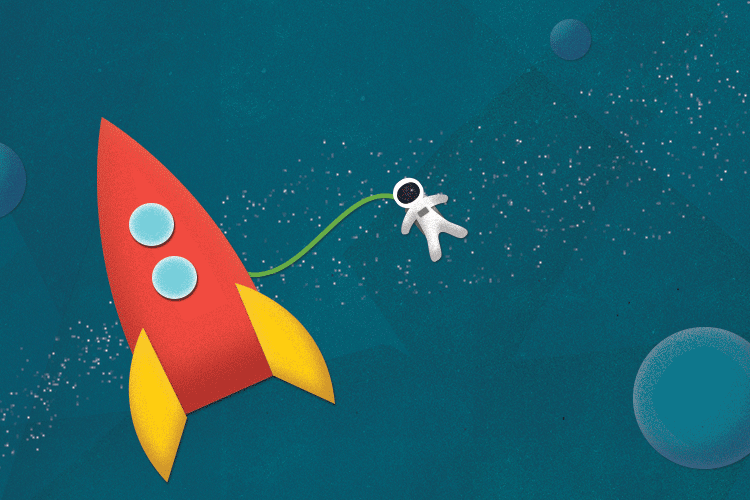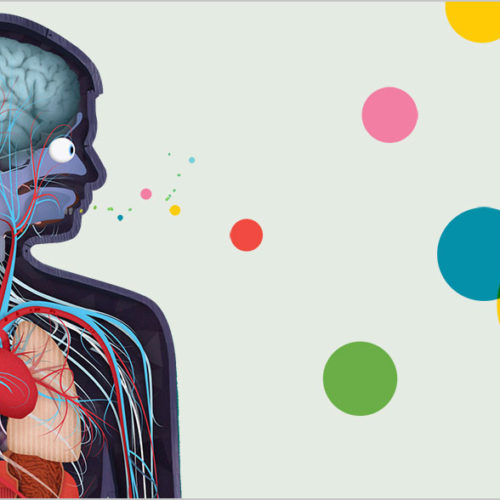Bonus curios: astronaut hearts & puffy heads

The heart is a robust muscle. It bustles blood through the whole body, fighting gravity to send fresh blood to the brain, while gravity pulls blood to your other parts below the heart. When astronauts rocket into space, there’s less gravity to ease blood down. More fluid than usual floats into their necks and heads making their faces and neck veins swell.
Scientists at NASA have an experiment that shows how gravity affects your blood flow—here on earth: let your hand dangle below your waist for a couple minutes. Big veins, full of blood, will pop out. Now raise the same arm above your head for a minute. All the blood goes rushing down and those puffy veins disappear.
A working model of the amazing machines we live in, The Human Body shows what we’re made of and how we work. We’ve created a handbook of hints and insider intelligence for you and your kids. In these posts, we’ll peer into the sometimes-strange truths behind the worlds in our apps.
The heart is a robust muscle. It bustles blood through the whole body, fighting gravity to send fresh blood to the brain, while gravity pulls blood to your other parts below the heart. When astronauts rocket into space, there’s less gravity to ease blood down. More fluid than usual floats into their necks and heads making their faces and neck veins swell.
Scientists at NASA have an experiment that shows how gravity affects your blood flow—here on earth: let your hand dangle below your waist for a couple minutes. Big veins, full of blood, will pop out. Now raise the same arm above your head for a minute. All the blood goes rushing down and those puffy veins disappear.
A working model of the amazing machines we live in, The Human Body shows what we’re made of and how we work. We’ve created a handbook of hints and insider intelligence for you and your kids. In these posts, we’ll peer into the sometimes-strange truths behind the worlds in our apps.
